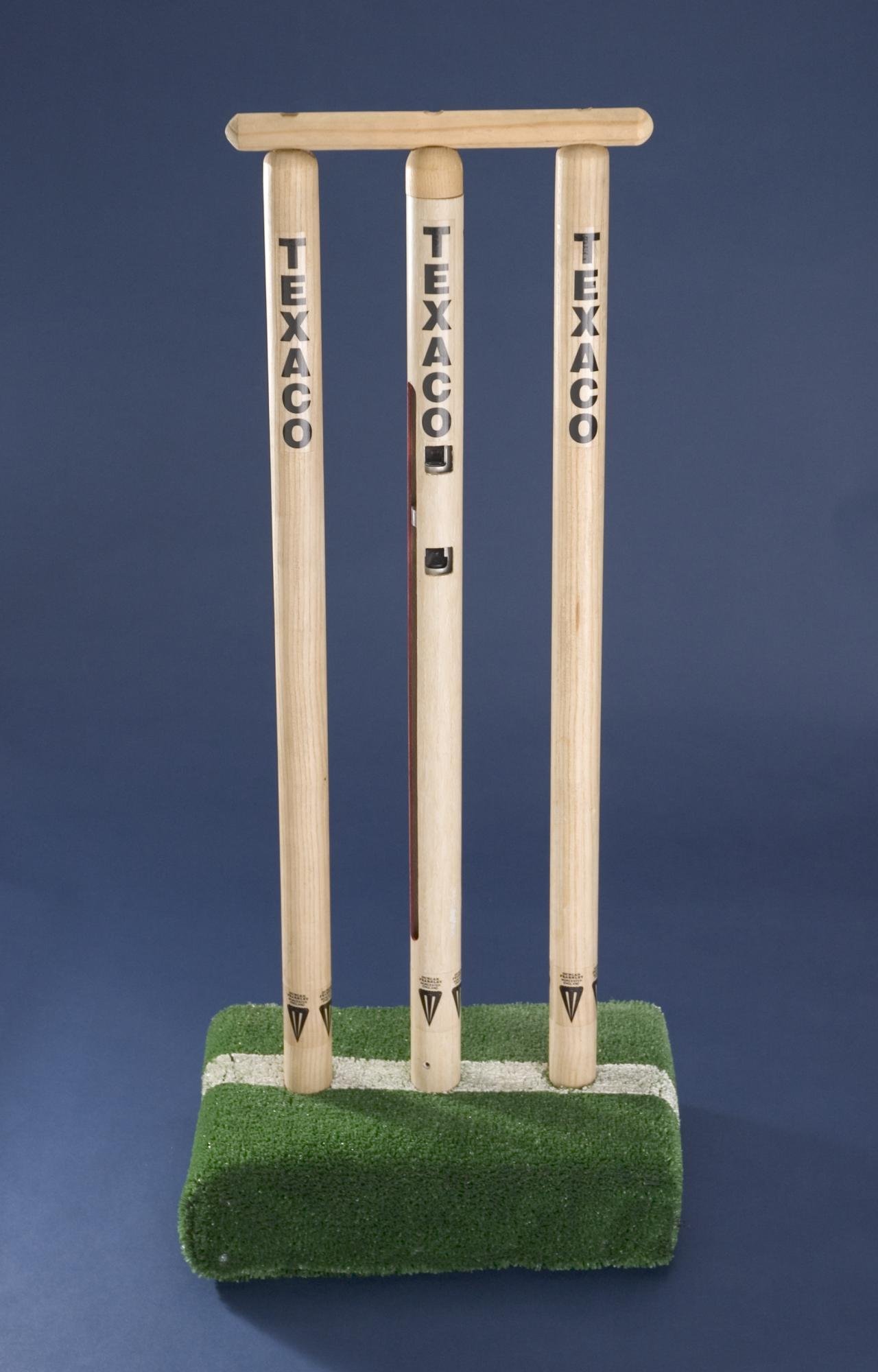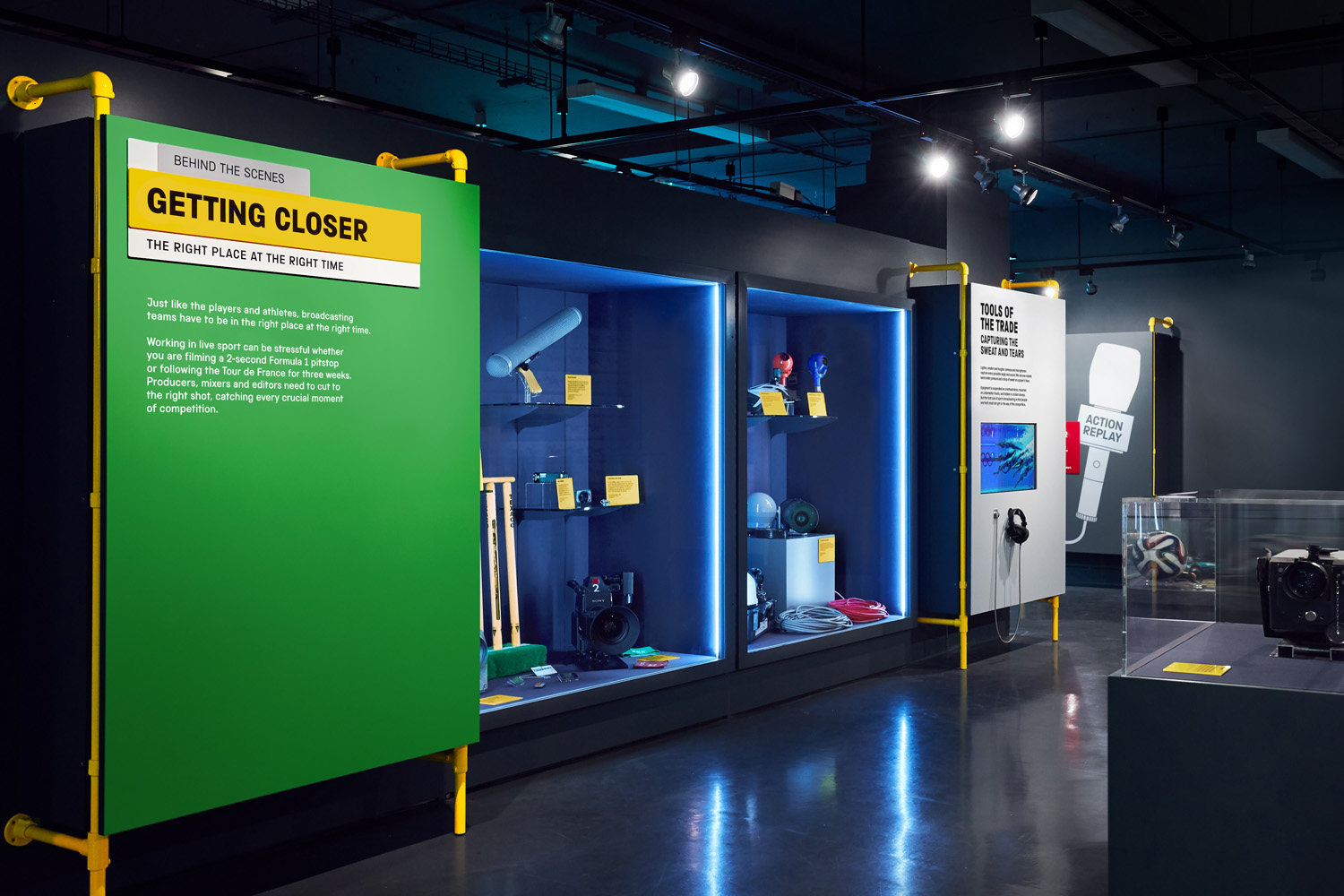Have you ever really thought about what goes on behind the camera in sport when you’re watching—or are you a passive spectator, simply too engrossed in the action? I can’t say that I’m a keen sport watcher, but the Action Replay exhibition opened my eyes to what really goes on behind the camera to capture the action and broadcast sport on our screens.
When you’re watching your favourite team or athlete and cheering them on, it’s easy to forget the broadcasting side of sport even exists. Delving into the history of broadcasting, however, reveals the fascinating details of everything that goes on behind the camera to bring friends and families together to watch sport.
When visiting the exhibition for the first time, I wasn’t too sure what to expect, but found myself very interested by the types of cameras that are used to capture different sports and how these shape the way that we watch sport.

It was particularly interesting to see the ‘stump camera’ (above) and learn how this operates when filming cricket matches, bringing observers closer to the action. There’s also a display of the cameras used in motorsports; these are attached to the cars themselves, creating a point-of-view shot that almost feels like you’re in the car with the driver.
An example of even newer point-of-view camera technology is the football referee camera. This is integrated into the referee’s bib, giving a true point-of-view display which takes the viewer right onto the pitch.

This technology is developing at a rapid pace; is sport becoming more popular than ever due to the enhanced viewing experience? All these cameras help to bring the viewer closer to the action, and giving more than one perspective helps to keep the sport exciting.
I visited Wembley earlier this year to watch a big game and found myself simply watching the TV screens for the majority of the time, as this made it easier to follow what was happening. When fans watch Formula One racing live, they will sit in one place all day waiting for the cars to come back around. Arguably, those who stay in the comfort of their own homes and turn on the telly get a better, more varied, viewing experience.
The exhibition has lots of exciting and interesting areas to explore. There’s something for everyone to enjoy—even if you’re not a sports fan, as there are fun interactive elements to play with. It was really interesting to walk through the history of sports broadcasting and, at the end, reflect on how sports have changed and how they make up such a large part of our culture.
Action Replay is open until 23 January 2019.